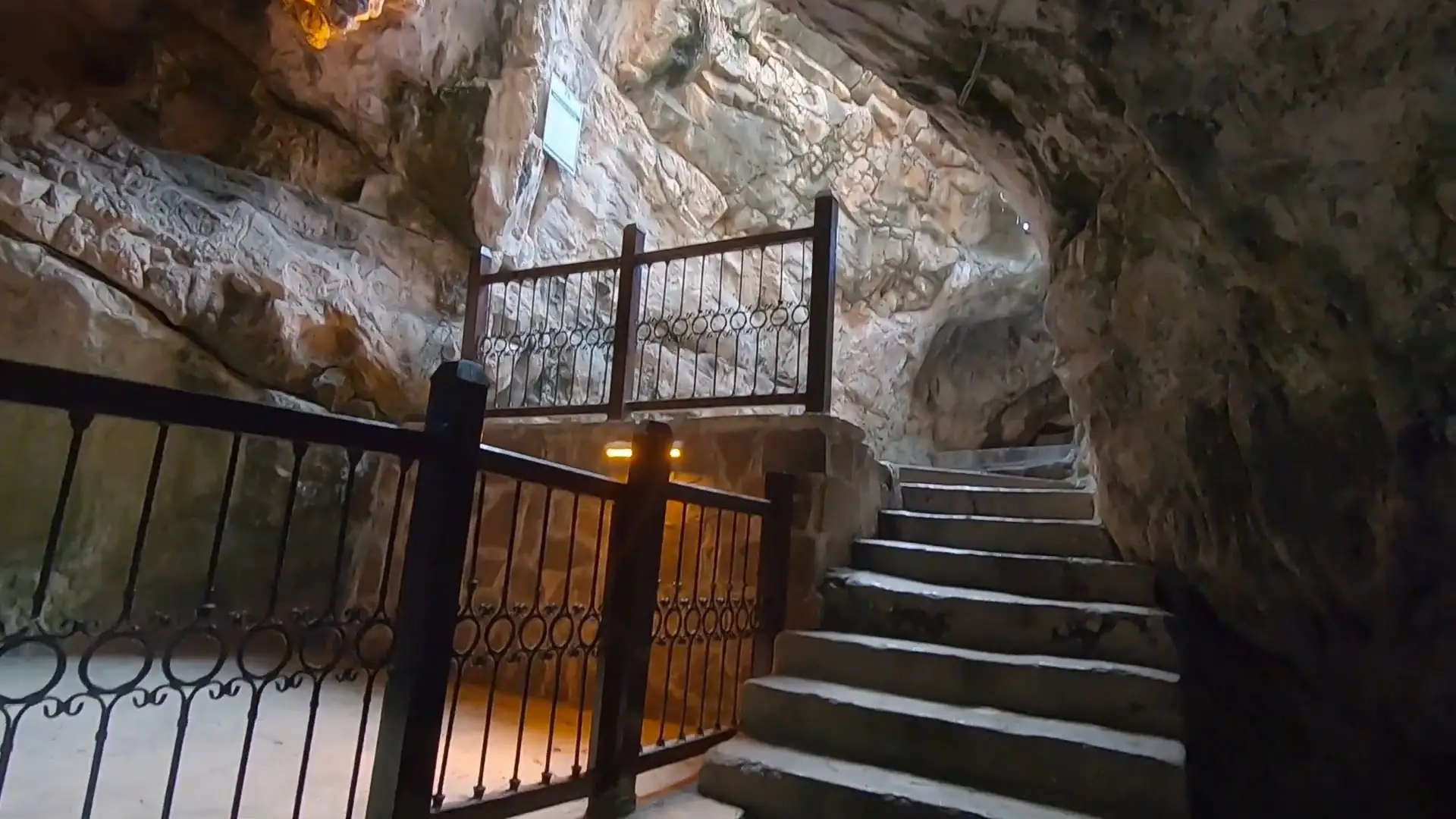
The Cave of the Seven Sleepers in Ephesus, Turkey, is a captivating site with a rich history intertwined with both Christian and Islamic lore. This cave, said to be where seven young men miraculously slept for centuries, has been a destination for pilgrims and tourists for centuries, offering both historical insights and a stunning example of ancient spiritual belief in resurrection and faith.
The Historical Legend of the Seven Sleepers
According to Christian tradition, the Seven Sleepers were persecuted Christian youth who hid in a cave to escape Roman emperor Decius’s demands for them to renounce their faith around 250 AD. Sealed in the cave, they are said to have fallen into a miraculous slumber, only to awaken over 180 years later during the reign of Theodosius II. This tale was significant in early Christian communities, symbolizing faith and divine protection in the face of persecution. In Islamic tradition, this story is also recounted in Surah Al-Kahf of the Quran, adding a faithful dog who accompanied the youths on their journey.
The Site’s Religious Importance
The Cave of the Seven Sleepers became a revered site, especially from the 5th to 15th centuries, when it attracted pilgrims from various faiths. In the Christian tradition, the story was popularized by early writers and the tale appears in numerous manuscripts across Europe and the Middle East. The presence of both a church and mausoleum built atop the grotto further highlights its religious and cultural significance for pilgrims, who often came to witness the miraculous site believed to represent resurrection and eternal faith.
Visiting the Cave
Located on Panayirdag Hill near the ancient city of Ephesus, the cave is reachable by a well-paved road leading east from the Vedius Gymnasium, about a half-mile distance. Although fenced off, the site is accessible and offers views of the large cave where the Seven Sleepers were buried. Inside, a brick church was constructed with vaulted ceilings, arch niches, and mosaic flooring, resembling a grand place of worship. The architecture is a mix of simplicity and reverence, capturing the essence of the legend it houses.
Tips for Tourists
For modern-day visitors, the Cave of the Seven Sleepers is both a historical exploration and a spiritual experience. Nearby facilities include a small restaurant catering to tourists. A visit here pairs well with exploring other historic sites in Ephesus, such as the Basilica of St. John and the Temple of Artemis. Elevate your experience of Seven Sleepers with our top-rated tour offering.
Whether for its historical intrigue or spiritual allure, the Cave of the Seven Sleepers remains a testament to ancient beliefs in faith and perseverance, drawing visitors interested in history, religion, and archaeology alike.

